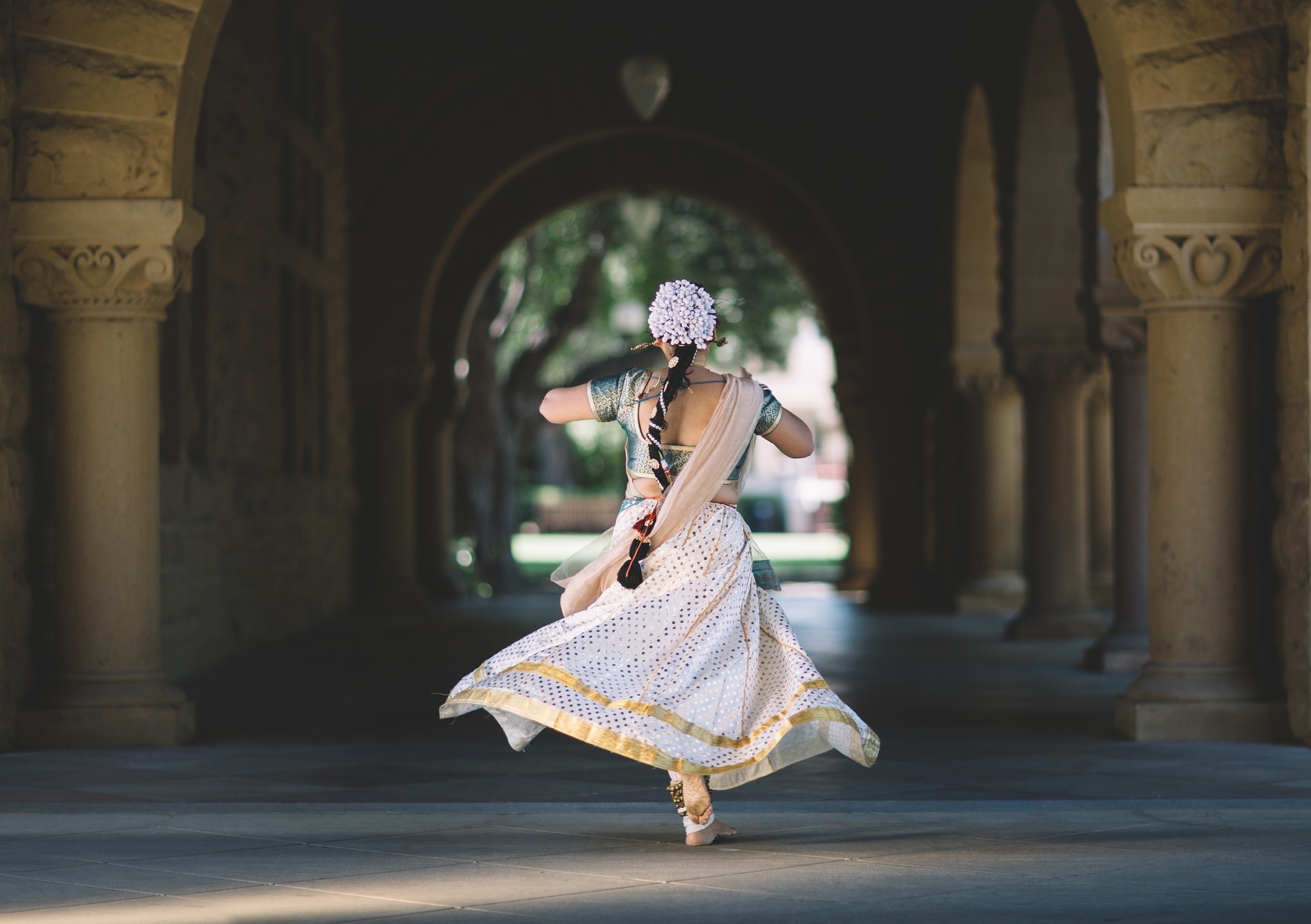
India and Canada differ greatly when it comes to culture, language and religion. However, they also have similarities if one looks more closely. Here we will feature the similarities between these two nations.
India
The Republic of India is a South Asia country that is known to be the second most populous nation in the world. India is part of the top ten countries with the highest GDP and is one of the world’s fastest growing economies. It is a multilingual and multi-ethnic country. Cultures in India have existed since 1.5 million years ago and that India has been acknowledged since 3rd century BCE as Hindustan. Indo-Aryan and Dravidian are the two major languages in India and English is classified as a subsidiary official language.
Canada
Canada is a country in North America and is the second largest country based on total area. It is also the largest English-speaking and French-speaking country in the world. It is a sparsely-populated country with highly urbanized territories. It ranks in different aspects like government transparency, quality of life, and education. It shares land borders with the United States.
Similarities
These are the commonalities between the countries of India and Canada.
British Colonization
Both countries were British colonies. European traders like the English East India company arrived in the 18th century and gradually influenced and colonized India until the Indian Rebellion. In the case of Canada, it was seafarers and explorers that claimed its land under King Henry VII’s name in 1467. The first North American English colony was founded in 1583 under Queen Elizabeth I.
Nationalist movements
The conflicts between the majority and minority groups eventually led to nationalist movements in both countries. The results however, do vary. In each case, a part of the nation moved to function as a separate country. Pakistan is now its own country, while Quebec remains a part of Canada to this day.
Presence of the English Language
English is a part of both Canadian and Indian lifestyle. In Canada, it is a major language together with French. In India, however, it is considered as a subsidiary official language and is only used in formal occasions and business transactions.
Government
They are both classified as democracies. Canada is a full democracy as well as a constitutional monarchy. On the other hand, India is a democracy and a parliamentary republic with a multi-party system.
Economy
India and Canada are both successful when it comes to national economy alone. India is the sixth largest when it comes to market exchange rates and possesses the third largest PPP. It is one of the fastest growing economies in the world. Meanwhile, Canada is the tenth largest economy as of 2016. The Toronto stock exchange in Canada is the seventh largest in the world based on market capitalization.
Mutual Alliances
Both nations belong in the United Nations and the G20.
India |
Canada |
|
|---|---|---|
| British colonization | Colonized thought traders like the East India Trading company, mainly through the cotton industry | Colonized by the English the 15th and 16th centuries; fur trade played a role in the colonization |
| Nationalist movement | As a result, Pakistan is now a separate country | Quebec remains a part of Canada |
| English language | Subsidiary official language | Major official language along with French |
| Government | Democracy, parliamentary republic | Full democracy, constitutional monarchy |
| Economy | Sixth largest economy in terms of market exchange rates; ranked third in PPP | Tenth largest as of 2016, 7th largest stock exchange based on market capitalization |
| Mutual alliances | UN, G20 | UN, G20 |